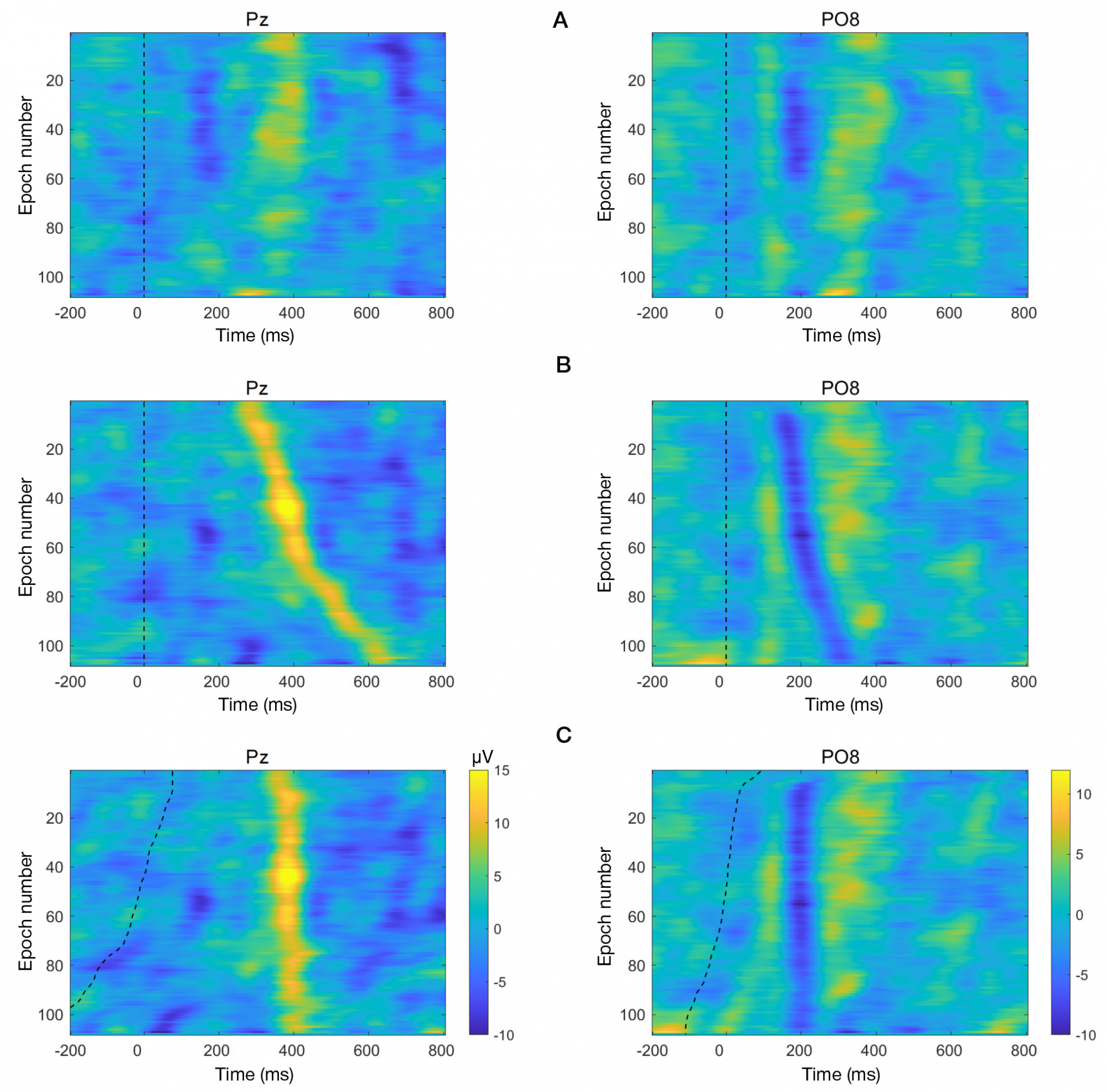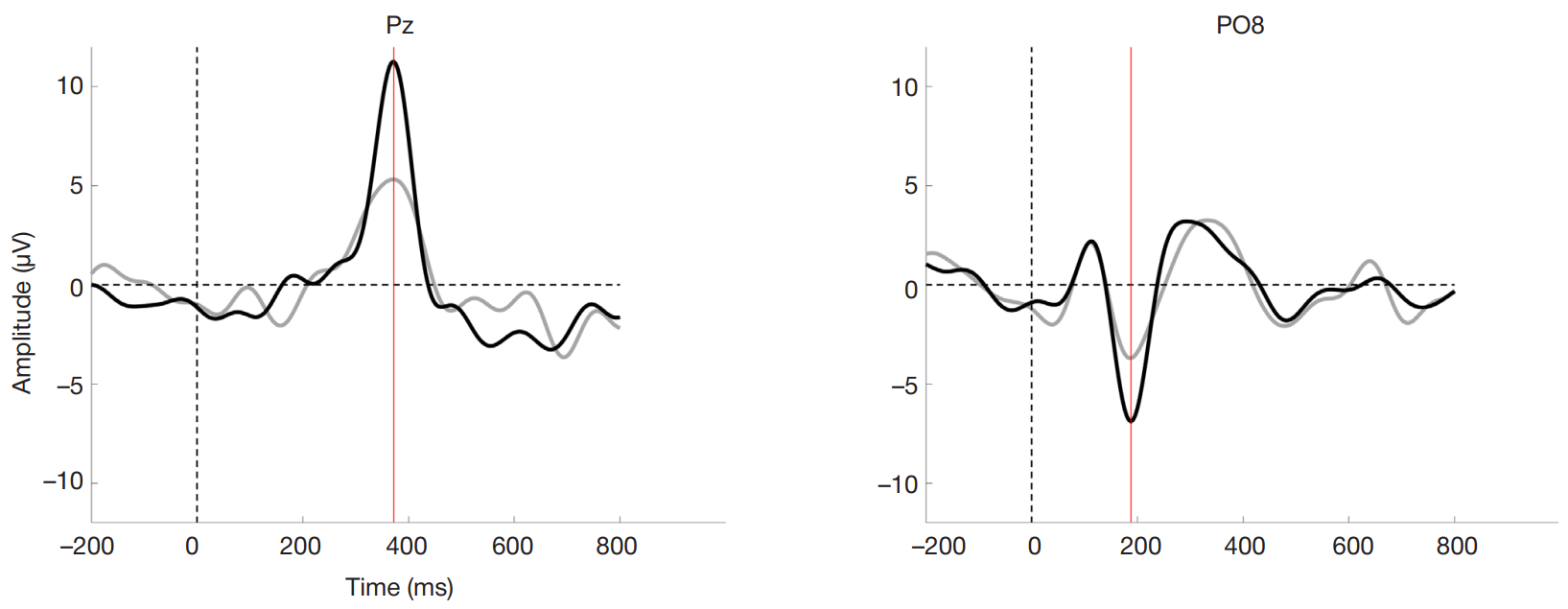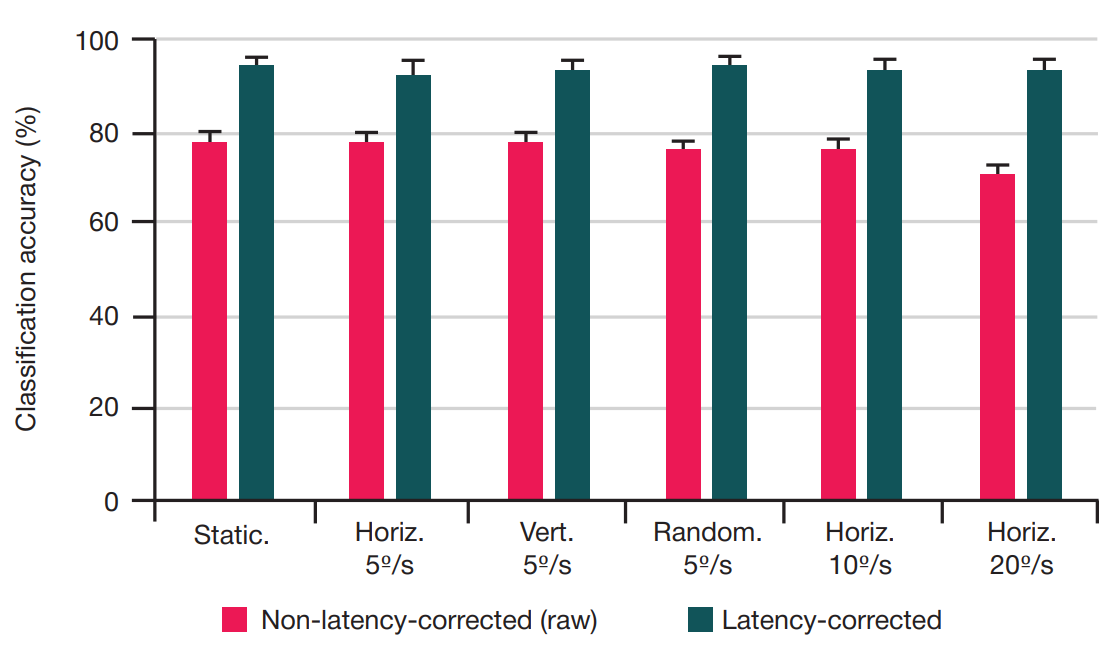
This article is an open access article distributed under the terms and conditions of the Creative Commons Attribution license (CC BY).
ORIGINAL RESEARCH
Study of the human brain potentials variability effects in P300 based brain–computer interface
Lomonosov Moscow State University, Moscow, Russia
Correspondence should be addressed: Ilya P. Ganin
Leninskie Gory, 1, str. 12, k. 246, Moscow, 119234, Russia; ur.liam@ninagpi
Funding: the study was funded by the Russian Science Foundation, project number 21-75-00021, https://rscf.ru/project/21-75-00021/
Author contribution: Ganin IP — research, data analysis and interpretation, literature analysis, preparation of the text; Kaplan AYa — data interpretation.
Compliance with ethical standards: the study was approved by Ethical Review Board at the Lomonosov Moscow State University (protocol number 2 of 11 October 2010) and carried out using EEG data (http://brain.bio.msu.ru/eeg_mov_matrix_BCI.htm) obtained by the authors and published earlier (https://doi.org/10.1016/j.neulet.2011.03.089).




